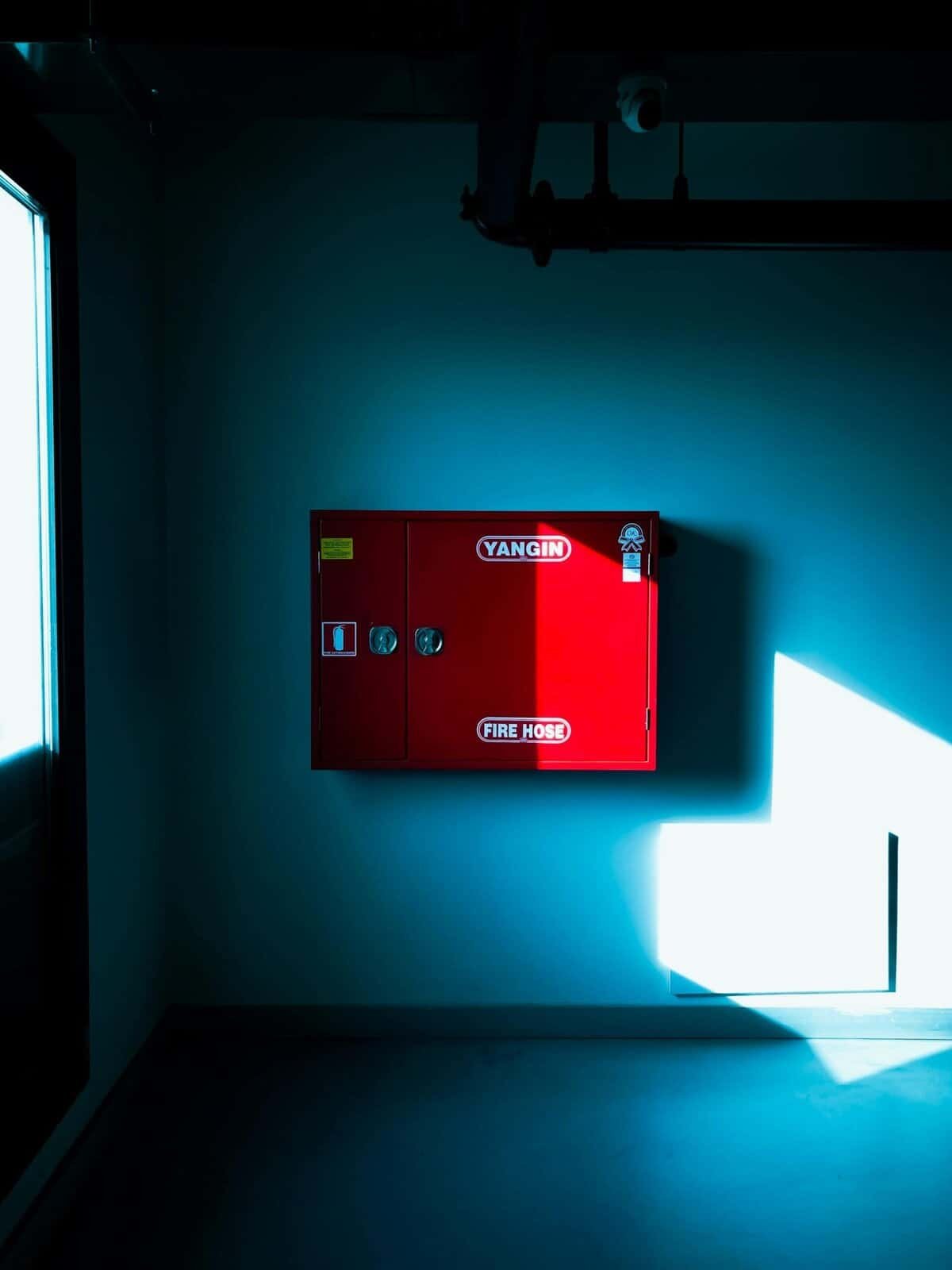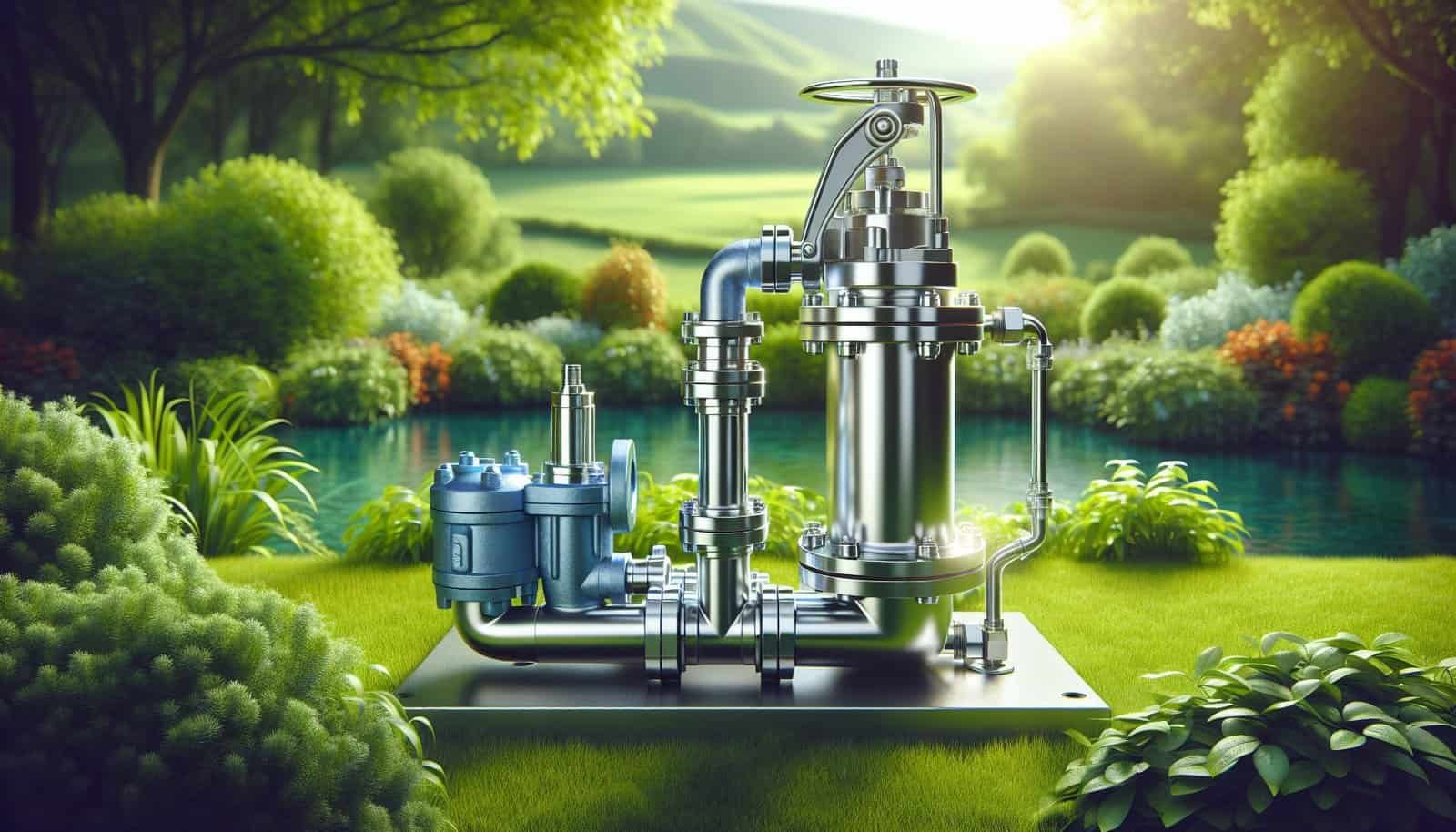Have you ever thought about the importance of keeping your well system safe from contamination? Whether it’s ensuring proper water quality for your household or maintaining the longevity of your well, preventing backflow is essential. In this article, you’ll find valuable insights on how to prevent backflow into your well system and protect it from vandalism or tampering. Let’s guide you through some practical measures and helpful tips to keep your well system secure and running smoothly.
Understanding Backflow and Its Risks
What is Backflow?
Backflow occurs when water flows backward through your plumbing system, which can happen when the pressure in the well system becomes lower than the pressure in the pipes. This can lead to contaminants entering the clean water supply, posing health risks for you and your family.
Why Backflow Prevention is Crucial
Maintaining the integrity of your water supply is crucial. Contaminated water can cause various health issues, from mild stomach upsets to more severe illnesses. Ensuring that backflow is prevented can save you from these potential health risks and the costs of extensive repairs and system cleanups.
Basic Principles of Well System Protection
Before delving into prevention methods, it’s essential to understand the basic principles of a well-protected system. By following these foundational guidelines, you’ll be well on your way to safeguarding your water supply.
Types of Contaminants
Contaminants can include pesticides, bacteria, fertilizers, and various chemicals. Knowing what might threaten your water supply enables you to adopt appropriate measures to block these intrusions effectively.
Regular Maintenance
Regular inspections and maintenance of your system can help identify issues before they become significant problems. Keeping an eye on your system’s components and replacing parts as needed ensures continuous protection against backflow and other risks.

Installing Backflow Prevention Devices
One of the most effective ways to combat backflow is by installing devices specifically designed to prevent it. These devices can vary in complexity and cost, depending on your needs and the specifics of your well system.
Types of Backflow Prevention Devices
Here’s a simple table to help you understand the different devices available:
| Device Type | Function | Best For |
|---|---|---|
| Air Gap | Physical separation of water sources | Basic and cost-effective systems |
| Pressure Vacuum Breaker (PVB) | Prevents back-siphonage | Systems with above-ground piping |
| Double Check Valve Assembly (DCVA) | Prevents back-pressure and back-siphonage | Most residential systems |
| Reduced Pressure Zone Assembly (RPZA) | Offers high-level protection | High-risk areas |
Choosing the Right Device
Selecting the right device depends on factors such as your local building codes, your well system’s specific setup, and the potential risks your property faces. Consulting with a professional plumber or water safety expert can provide you with tailored recommendations.
Steps to Enhance Well Security
Apart from preventing backflow, it’s equally important to ensure that your well system is safe from vandalism or unauthorized tampering. Here are some practical strategies you can implement.
Wellhead Security
Securing the wellhead can prevent accidental or intentional contamination. Ensure that the wellhead is at a suitable height above ground and securely capped to deter tampering.
Installing Fencing
Surrounding your well system with a robust fence can help keep unwanted visitors at bay. Choose materials that are tough to tamper with and consider adding signage to warn against unauthorized access.
Locking Mechanisms
Using locks on any well access points, including electrical boxes and pump houses, adds an extra layer of security. Opt for locks that are weather-resistant and made from durable materials.

Developing a Regular Maintenance Schedule
Proactive maintenance is a cornerstone of a safe and efficient well system. By scheduling regular checkups, you’ll catch small issues before they escalate into major problems.
Seasonal Checkups
Conducting system checks at the beginning of each season can help identify specific concerns related to weather changes. For instance, check for frost heaving in winter or signs of flooding in the spring.
Comprehensive Inspections
Having a professional conduct a comprehensive inspection annually will provide you with an expert assessment of your system’s health, allowing you to address any potential vulnerabilities.
Community and Professional Resources
Taking advantage of available resources can enhance your knowledge and provide additional support for maintaining your well system.
Local Regulations and Guidelines
Familiarize yourself with local regulations regarding well water systems. These guidelines often include useful recommendations and mandatory standards for backflow prevention and security measures.
Professional Associations
Joining organizations dedicated to well water safety can offer you access to valuable resources, including professional advice, training sessions, and networking opportunities with fellow well owners.

Educating Family and Inhabitants
Every member of your household should understand the importance of maintaining the well system’s security. Encouraging responsible and informed practices can prevent accidental contamination and ensure everyone’s safety.
Water Usage Awareness
Educate your family about proper water usage and the signs of potential water contamination or system failure. Knowing what to look for can prevent minor issues from escalating.
Emergency Protocols
Establishing and communicating emergency protocols ensures everyone knows how to react if the system is compromised. Quick action can mitigate the impact of contamination or damage.
Common Concerns and Troubleshooting
Despite best efforts, issues may still arise. Knowing how to troubleshoot basic problems can save time and reduce stress.
Identifying Signs of Backflow
Common indicators include unusual tastes or odors in your water, reduced water pressure, or visible changes in water clarity. Addressing these signs promptly can prevent further contamination.
Handling Contamination Events
If you suspect contamination, discontinue water use immediately and contact a professional for a thorough inspection and remediation. Be prepared to provide samples of water for testing to determine the contamination source and extent.

Conclusion
Addressing backflow and security concerns for your well system is vital for your health and peace of mind. By being diligent about maintenance, installing appropriate prevention devices, and securing your well system against unauthorized access, you’ll help ensure that your water supply remains safe and reliable. Remember that being proactive today can prevent headaches and dangers tomorrow.
By taking these measures, you will be equipped to safeguard your well system effectively and enjoy a clean and secure water supply for years to come.
